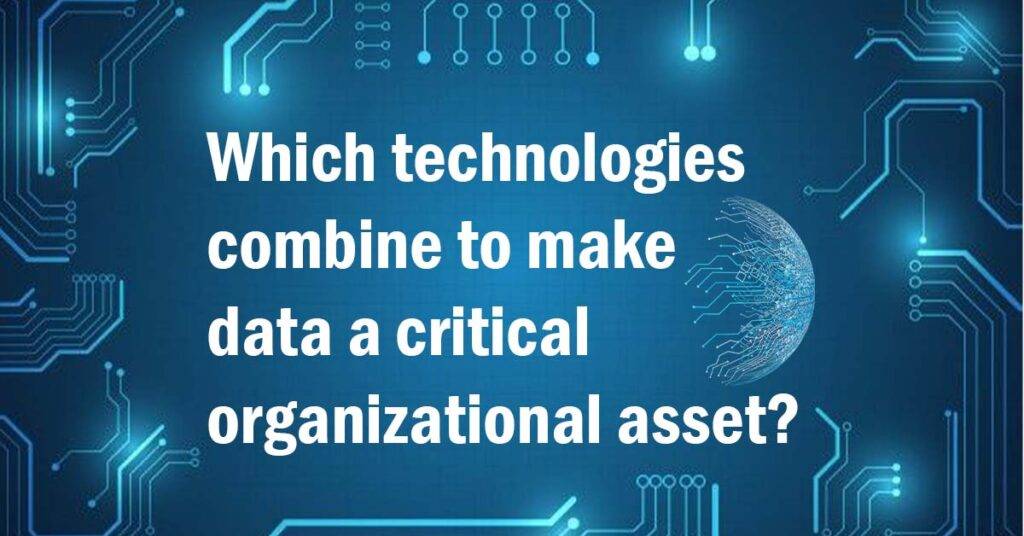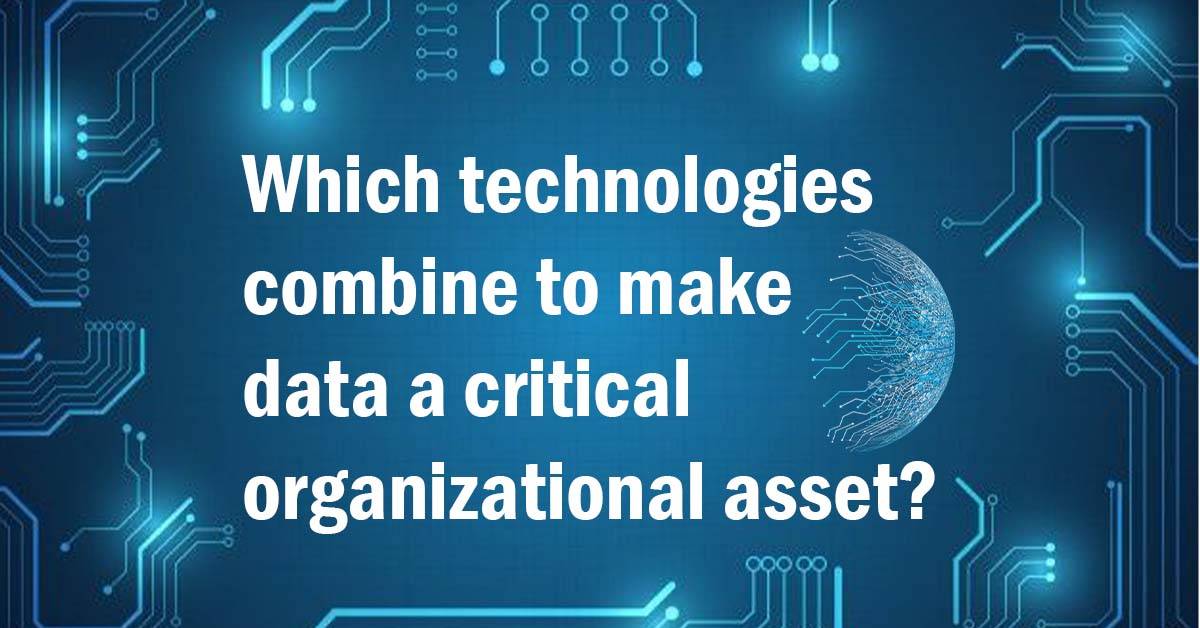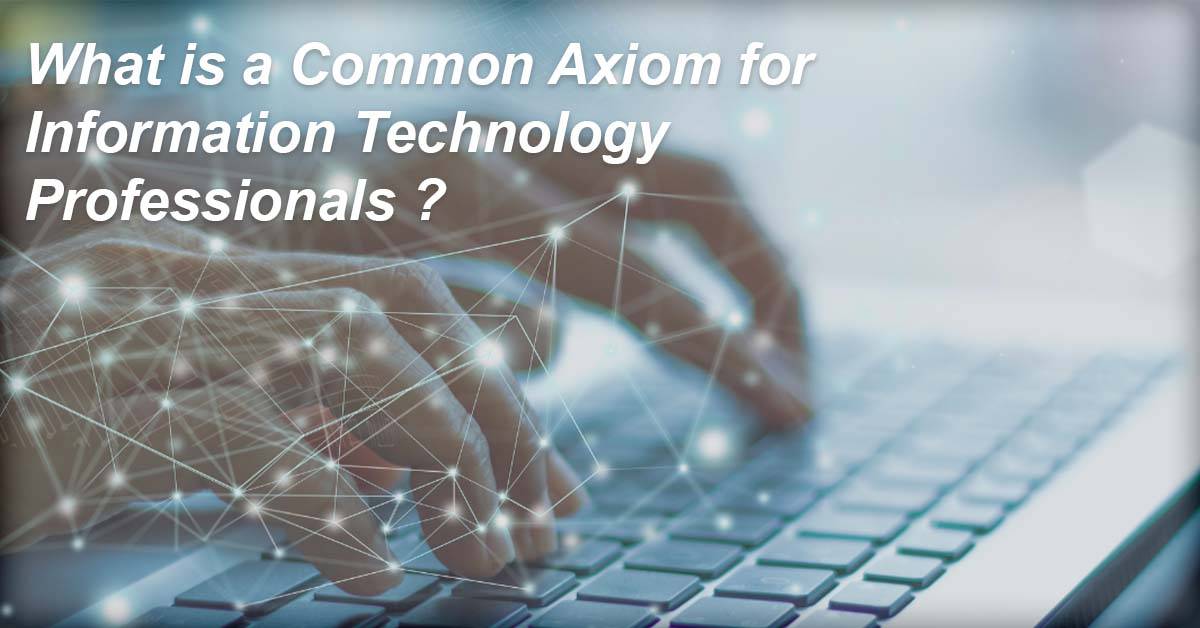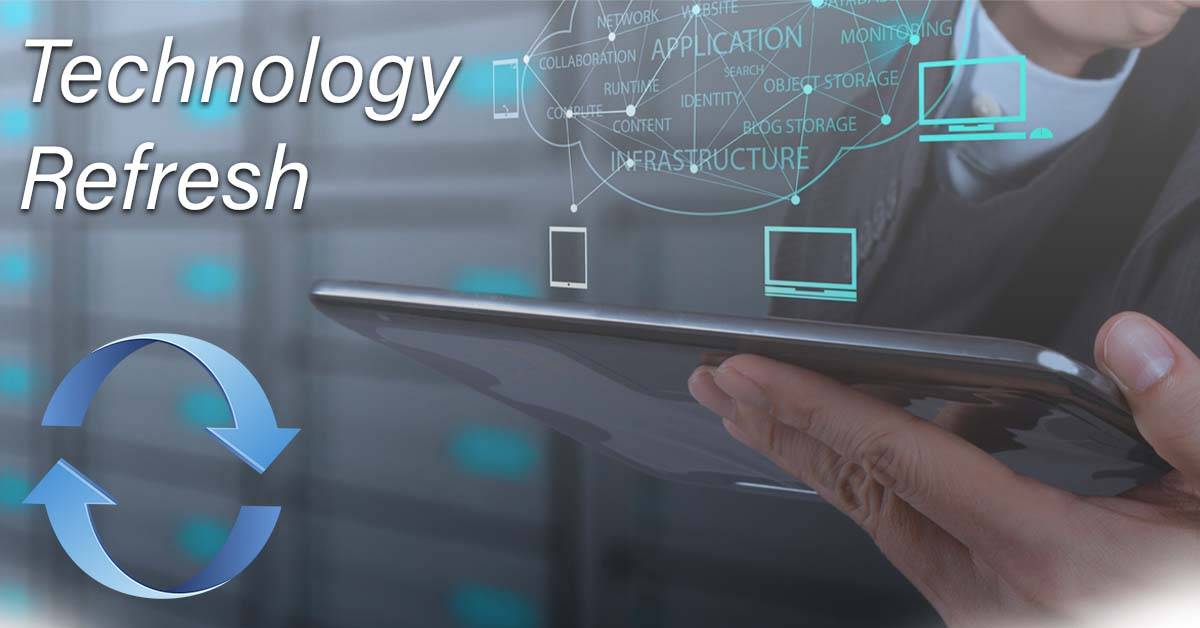In the digital age, data has emerged as a precious currency, driving businesses success and competitiveness. The strategic value of data lies not only in its abundance but also in the convergence of transformative technologies that enable organizations to harness its potential.

In this article, we will put light on the various technologies that combine to make data a critical organizational asset.
1. Big Data & Data Lakes
At the heart of the data revolution stands big data and internet of things, representing vast and complex datasets that traditional data processing methods struggle to handle.
To tackle this data deluge, organizations turn to technologies like Hadoop and Spark, which facilitate the storage & analysis of massive volumes of structured and unstructured data.
By centralizing data in data lakes, companies can glean valuable insights from diverse sources, including customer interactions, market trends and operational performance.
2. Cloud Computing & Scalable Storage
Cloud computing has been a game-changer, reshaping how businesses manage and store data. Cloud providers like AWS, Azure, and GCP offer scalable storage solutions that eliminate the need for on-premises hardware infrastructure.
Organizations can now effortlessly store and access data in secure, redundant environments, ensuring high availability and easy scalability to accommodate growing datasets.
3. Artificial Intelligence and Machine Learning
The synergy between data and artificial intelligence has unlocked a new realm of possibilities for businesses.
Machine learning algorithms can analyze vast datasets and discern intricate patterns and correlations, empowering organizations to make data-driven decisions. AI-driven predictive analytics optimizes inventory management, enhances customer engagement & even aids in medical diagnoses, offering unprecedented efficiency and accuracy.
4. Data Visualization and Business Intelligence
Data visualization tools have bridged the gap between data and understanding. Through visually compelling charts, graphs, and interactive dashboards, organizations gain actionable insights from their data.
Tools like Tableau and Power BI simplify complex data presentations, enabling stakeholders to comprehend trends and draw informed conclusions. The marriage of data visualization with Business Intelligence allows decision-makers to swiftly identify opportunities and challenges.
5. Internet of Things (IoT) and Real-time Data Streams
The proliferation of IoT devices has introduced a real-time data paradigm. From smart sensors to wearable tech, these devices continuously collect and transmit data, offering organizations unprecedented insights into customer behavior and operational processes.
Real-time data analysis empowers industries such as healthcare, manufacturing, and transportation to respond quickly to emerging situations and optimize performance.
6. Data Security and Privacy Protocols
As data takes center stage, ensuring its protection has become paramount. Organizations must fortify their data security measures against cyber threats and unauthorized access.
Advanced encryption techniques, secure access protocols and robust identity verification are essential components of a comprehensive data security strategy. Moreover, adherence to data protection regulations assures customers of their privacy, fostering trust and loyalty.
7. Edge Computing & Decentralized Data Processing
Edge computing complements cloud-based architectures by bringing data processing closer to the data source.
This decentralized approach reduces latency & ensures real-time insights, making it ideal for applications that demand instantaneous responses.
Edge computing empowers businesses to monitor remote assets, conduct efficient video analytics, and optimize resource utilization with minimal data transfer delays.
Final Words
The convergence of technologies has revolutionized how organizations perceive and utilize data.
From the inception of Big Data to the integration of AI, IoT and edge computing, the modern business landscape thrives on data-driven strategies. By harnessing the power of these technologies, organizations can transform raw data into actionable insights, fostering innovation, efficiency and competitiveness.
As data technologies continue to evolve, businesses that adapt and embrace these advancements will be poised to seize new opportunities and unlock the true potential of data as an invaluable organizational asset.



